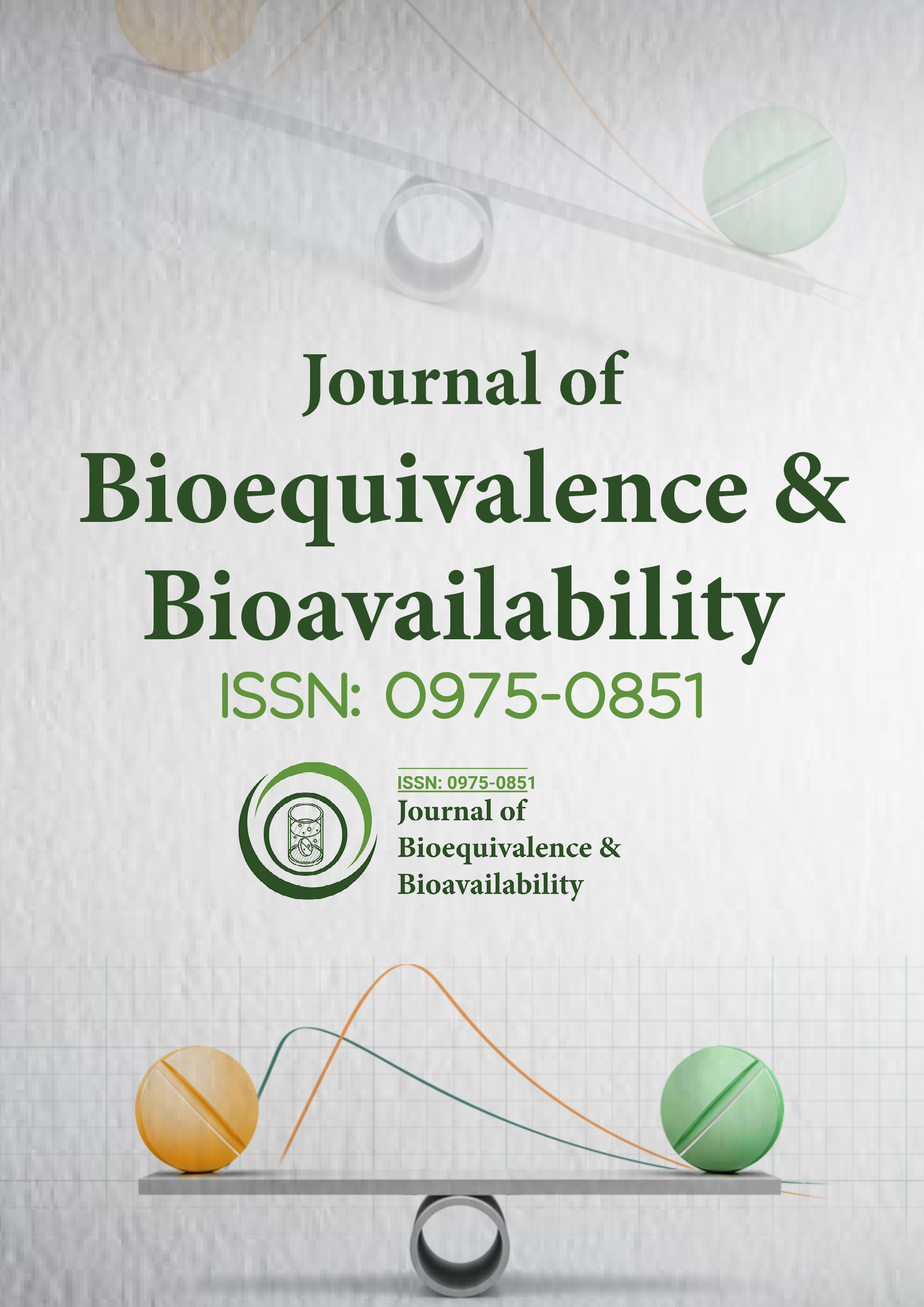Indexado em
- Banco de Dados de Periódicos Acadêmicos
- Abra o Portão J
- Genamics JournalSeek
- Chaves Acadêmicas
- JournalTOCs
- Infraestrutura Nacional de Conhecimento da China (CNKI)
- CiteFactor
- Scimago
- Diretório de Periódicos de Ulrich
- Biblioteca de periódicos eletrônicos
- RefSeek
- Universidade de Hamdard
- EBSCO AZ
- OCLC- WorldCat
- Catálogo online SWB
- Biblioteca Virtual de Biologia (vifabio)
- publons
- MIAR
- Comissão de Bolsas Universitárias
- Fundação de Genebra para Educação e Pesquisa Médica
- Euro Pub
- Google Scholar
Links Úteis
Compartilhe esta página
Folheto de jornal

Periódicos de Acesso Aberto
- Agro e Aquicultura
- Alimentos e Nutrição
- Bioinformática e Biologia de Sistemas
- Bioquímica
- Ciência de materiais
- Ciencias ambientais
- Ciências Clínicas
- Ciências Farmacêuticas
- Ciências gerais
- Ciências Médicas
- Cuidados de enfermagem e saúde
- Engenharia
- Genética e Biologia Molecular
- Gestão de negócios
- Imunologia e Microbiologia
- Neurociência e Psicologia
- Química
Abstrato
O papel do metabólito na tomada de decisões de bioequivalência
Qaisi AM, Tutunji L, Tutunji M e Mohsen MA
Objetivo: Investigar se as concentrações combinadas do fármaco original e seu metabólito correspondente impactam o desenho experimental de estudos de bioequivalência.
Métodos: Enalpril e sildenafil foram selecionados para avaliar a bioequivalência, pois ambos os fármacos têm metabólitos ativos. O estudo de bioequivalência do enalpril foi conduzido em condições de jejum, enquanto a avaliação da bioequivalência do sildenafil foi conduzida em condições de jejum e alimentação. Para os três estudos, os critérios de bioequivalência de 80-125% foram aplicados para avaliar os compostos originais sozinhos, os metabólitos ativos sozinhos e ambos os fármacos originais e os metabólitos ativos.
Resultados: Resultados estatísticos semelhantes para avaliar a bioequivalência foram obtidos para o fármaco original, metabólito e a soma do fármaco original e metabólito para AUC. No caso de Cmax, a variabilidade intrassujeito dos resultados estatísticos de bioequivalência com relação ao metabólito e à soma do parental e do metabólito foi menor do que para o fármaco parental, enquanto o poder da decisão de bioequivalência foi maior para o metabólito e a soma do fármaco parental e do metabólito.
Conclusões: Uma variabilidade intrassujeito melhorada resultou em maior poder com um tamanho de amostra menor nos valores de Cmax com relação à tomada de decisão em estudos de bioequivalência.